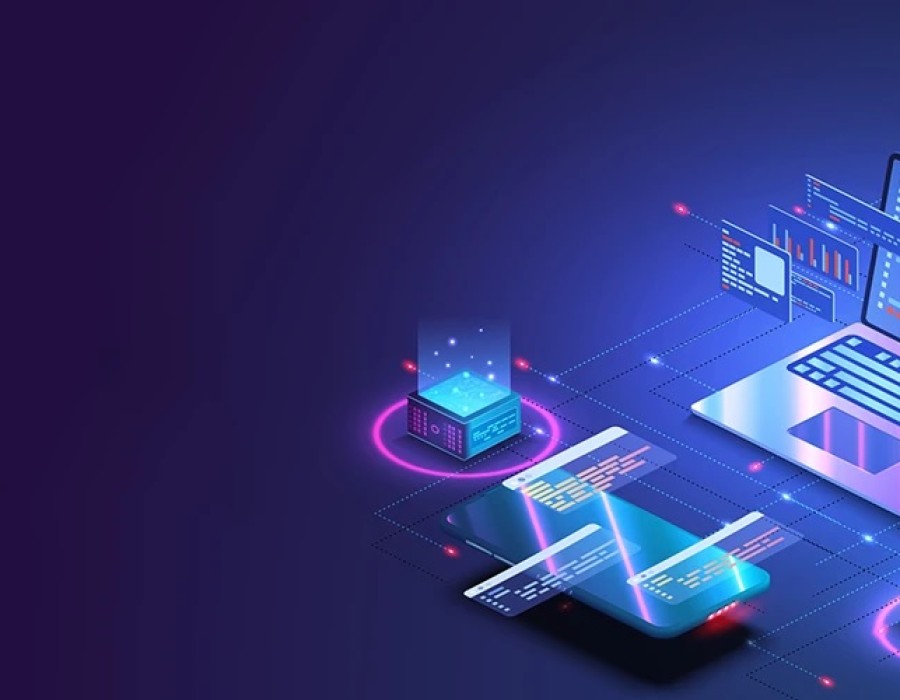In today’s fast-moving digital world, businesses want to build software solutions quickly and efficiently. This is where Low-Code/No-Code (LCNC) development comes in. It allows people—even those without a traditional coding background—to create applications using simple visual tools, instead of writing thousands of lines of code.
Let’s explore what low-code and no-code development actually mean, how they’re transforming the world of software, and how they connect with Java Full Stack Development. If you're planning to take a full stack development course or working to improve your full stack developer skills, understanding LCNC is a smart move.
What is Low-Code/No-Code (LCNC) Development?
Low-Code and No-Code platforms are tools that let users create applications with minimal or no hand-coding. These platforms provide a graphical user interface (GUI) to design applications using drag-and-drop features, form builders, workflow editors, and ready-made components.
- Low-Code Development: It is mainly for people who have basic coding knowledge. Developers use pre-built components and templates and write minimal code where needed.
- No-Code Development: It is for people who do not know how to code at all. These platforms provide fully visual tools to build simple apps or workflows—great for non-developers like business managers or operations teams.
Popular LCNC platforms include OutSystems, Appian, Mendix, Microsoft PowerApps, and Zoho Creator.
Benefits of Low-Code/No-Code Platforms
- Speed: Applications can be built much faster compared to traditional development methods.
- Cost-effective: Reduces the need for large development teams.
- Empowers more people: Even non-technical users can build apps, reducing the load on IT departments.
- Flexibility: Easy to change or update applications using visual tools.
- Innovation: Enables rapid testing and experimentation with new ideas.
Are LCNC Tools Replacing Developers?
The answer is no. LCNC platforms are not here to replace traditional developers but to assist and speed up the development process. While simple applications like dashboards, forms, or internal tools can be built using LCNC, complex applications still require expert developers—especially full stack developers who understand both the front-end and back-end technologies.
What is Java Full Stack Development?
Java Full Stack Development refers to building both the front end (what users see) and back end (server-side logic, databases, APIs) of an application using Java and related technologies. A full stack developer is someone who knows how to work on all parts of a web application:
- Front-End: HTML, CSS, JavaScript, React or Angular
- Back-End: Java, Spring Boot, REST APIs
- Database: MySQL, MongoDB, PostgreSQL
- Version Control and Deployment: Git, GitHub, CI/CD pipelines, Docker
If you are enrolled in a full stack development course, you will typically learn how to develop complete web applications from start to finish.
How is LCNC Connected with Java Full Stack Development?
At first, LCNC and Java Full Stack Development may seem completely different. But in reality, they can complement each other in many ways:
1. Rapid Prototyping
Full stack developers can use LCNC tools to quickly build app prototypes or Minimum Viable Products (MVPs). Later, these can be converted into more robust Java-based applications if needed.
2. Integration
Many LCNC platforms allow integration with external services and APIs. Full stack developers can write custom APIs in Java and connect them with LCNC tools to create powerful hybrid solutions.
3. Backend Automation
LCNC platforms often handle simple automation tasks and workflows. Java full stack developers can focus on building more complex business logic and features that require custom development.
4. Team Collaboration
In many organizations, business analysts or marketing teams use no-code tools to build dashboards or interfaces. Full stack developers then enhance these apps by adding custom Java-based modules or improving performance.
5. Job Opportunities
Employers are looking for candidates who understand both LCNC tools and full stack developer skills. Having knowledge of how to integrate these platforms with traditional code makes you a highly valuable resource.
Why Should College Students Care?
As a college student preparing for the tech industry, it's important to stay up to date with the latest trends. LCNC is not just a buzzword—it’s already being used by companies to accelerate development. However, real-world projects often demand customization, scalability, and performance—all areas where Java full stack development shines.
Learning both gives you the best of both worlds: speed and control. So, if you're taking a full stack development course, it’s a great idea to explore LCNC tools alongside your studies.





Comments